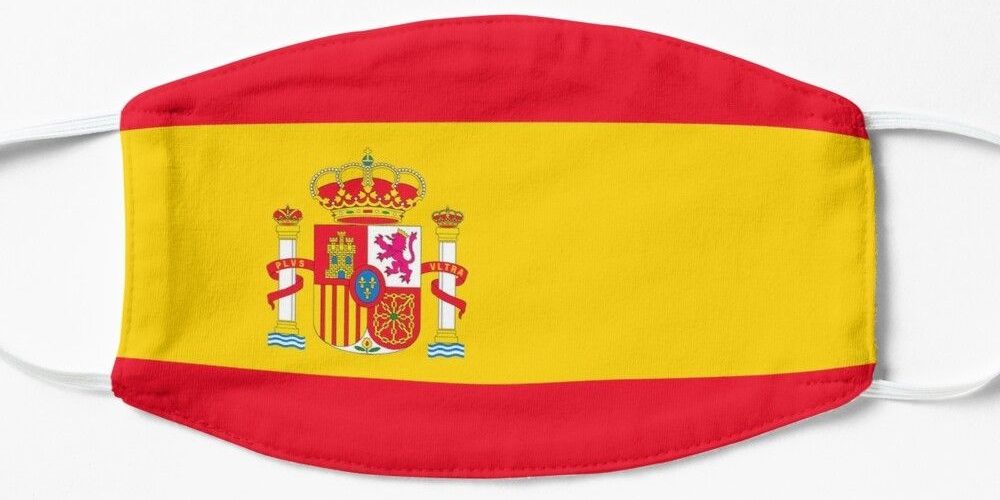Spain stood out as one of the European countries that invested the most in masks. According to a report by Eurostat (European Statistical Office), the Spanish Government allocated 1,148 million euros to these medical devices during the first quarter of 2020, ranking among the four European Union states that invested the most in masks.
Outperforming Spain in spending are countries such as Germany, which invested 4,402 million euros in this material; France, with 3,431 million, and Italy, with an expenditure of 1,750 million. Not all EU Member States were so ‘generous’. Cyprus allocated just 7 million to the purchase of masks, while Malta and Estonia disbursed 9 and 14 million respectively, occupying the last places of countries by investment.
Eurostat data reveal the impact of the SARS-CoV-2 Coronavirus on the budgets of the EU member nations. Altogether, they invested a total of 14,000 million in the purchase of this material during the first half of the year, in clear contrast to the 800 million spent in the same year in 2019.
Per capita expenditure on masks: is Spain still in the lead? What do the statistics say?
Beyond PCR tests, latex gloves and hydroalcoholic gels, masks are the most demanded medical equipment in the European Union. Per capita spending, Spain ranks 12th in importing this sanitary material, with an investment of 24 euros per person, a figure lower than the European average of 33 euros per person.
Luxembourg leads this classification, with spending per capita € 121 per person, followed by Belgium, Germany and France, which exceed € 50 per person. Closer to Spain in importance of masks are Italy, Lithuania and Ireland, with an expenditure of 29, 28 and 27 euros per person, respectively. At the bottom of this ranking are countries such as Bulgaria and Greece, which have only been able to allocate a per capita expenditure of 3 and 6 euros per person, respectively.
It is surprising that, according to the Eurostat report, the main importer of masks is China, the origin of the initial outbreak and the subsequent outbreak of SARS-CoV-2. 92.3% of the masks used in the EU member states during the first three months of 2020 come from the Asian power.
Use of masks, essential in the containment of the coronavirus pandemic
Hygienic and surgical masks, as well as self-filtering masks among health personnel, have slowed down the progress of Covid-19, which continues to spread across the planet progressively, experiencing peaks coinciding with policies of commercial opening, schooling, etc.
Spain is being one of the European countries hardest hit by the coronavirus pandemic. Recent counts put deaths from SARS-CoV-2 at 32 thousand, with 835,901 infections tested by PCR tests. According to the World Health Organization (WHO), people infected by Covid-19 amount to 36 million in the world, with just over a million confirmed deaths and 25 million people recovered.
The countries with the largest geographical area lead the WHO figures, led by the United States, where there have been about 8 million infections and 211 thousand deaths from Covid-19. India and Brazil follow, with 6.7 and 4.9 million people infected.
Russia, the country with the largest surface area in the world (17,075,200 km²), recently became the European country with the highest number of infections, amounting to 1.2 million. Outside the EU, Asia and North America, South America stands out among the territories with the highest incidence of coronavirus. Clear examples are Colombia, Peru and Argentina, which exceeded 800 thousand infections in the latest reports.
The last quarter of 2020 poses great challenges for the EU Member States, despite the fact that from Brussels they hope to launch the AstraZeneca vaccine, with a minimum of 300 million doses. Pending its results and a greater number of available vaccines, the use of masks, gloves and hydroalcoholic gels will continue to be the most effective sanitary protection measure.
